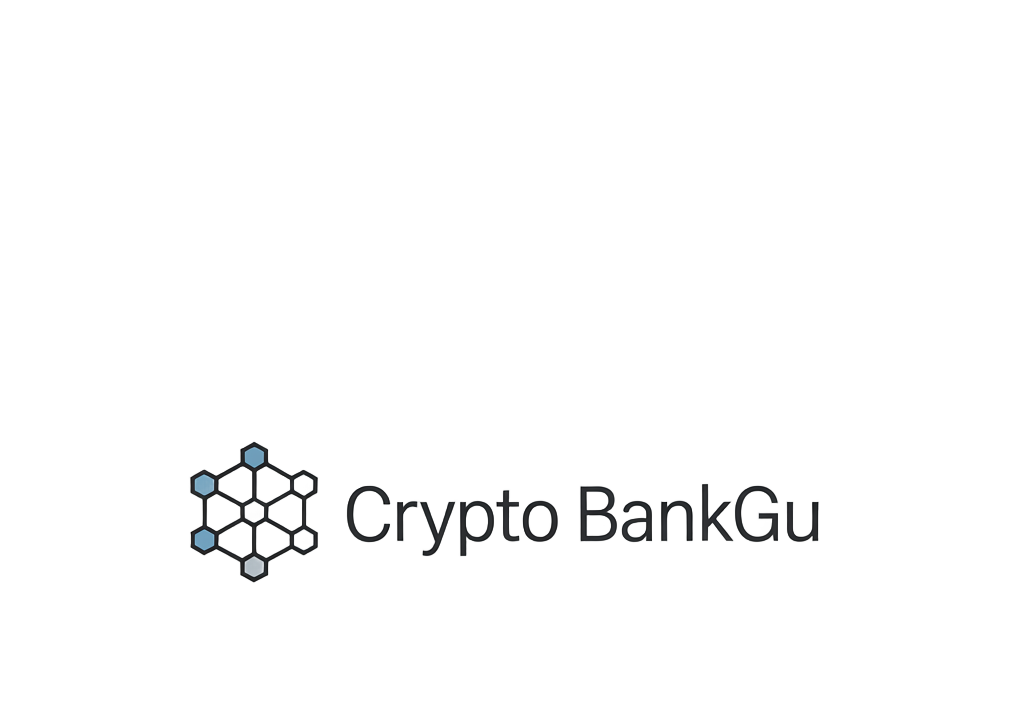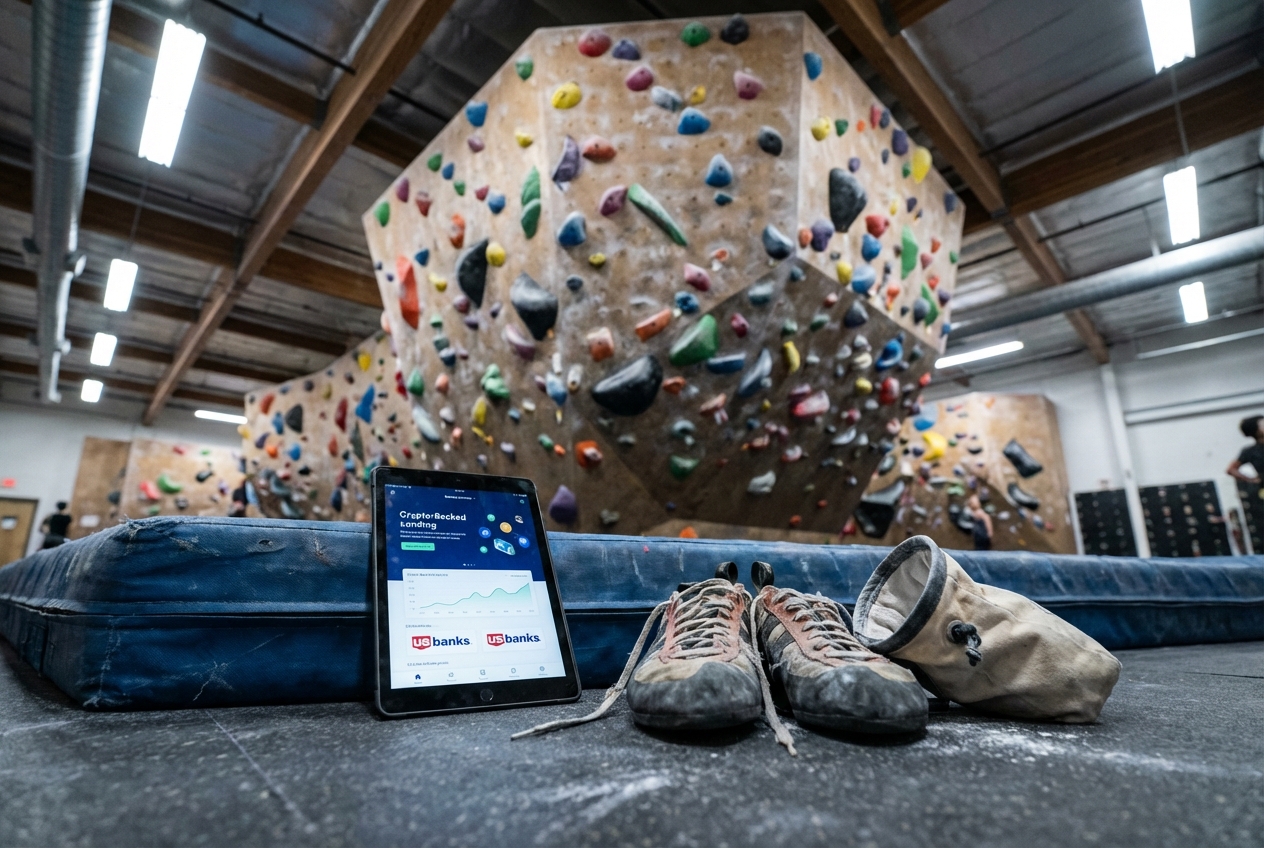
LayerBank is making waves in the decentralized finance (DeFi) sector with a pragmatic approach to onchain banking. Unlike legacy DeFi protocols that struggle with siloed liquidity and limited asset diversity, LayerBank is building a cross-chain lending engine that’s as ambitious as it is practical. By focusing on multi-chain lending, real-world asset (RWA) integration, and automated yield strategies, LayerBank positions itself as a next-generation solution for users seeking both composability and sustainable returns.
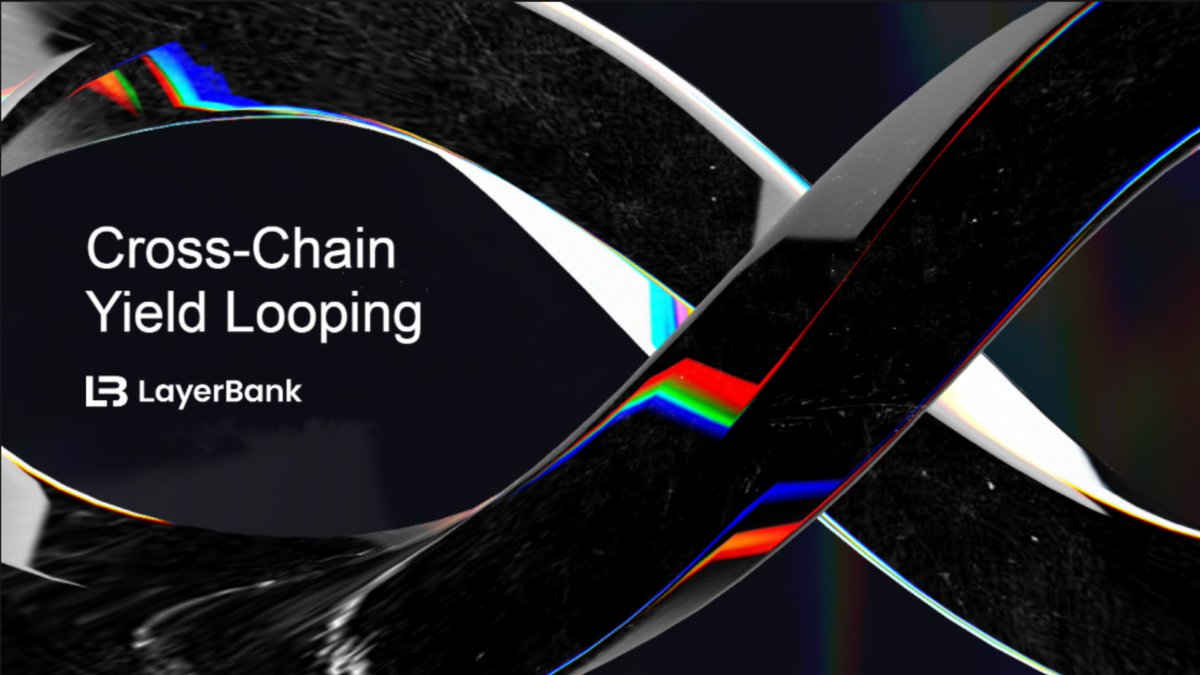
LayerBank’s Multi-Chain Lending: Breaking Down Barriers
Most DeFi lending markets are constrained by their native chain. This creates fragmentation, inefficiency, and missed opportunities for users who want to deploy capital across ecosystems. LayerBank addresses this head-on with its omni-chain protocol that unifies liquidity across more than 17 EVM and non-EVM networks. The result? Users can lend, borrow, and loop assets seamlessly across multiple blockchains within a single interface.
This isn’t just technical wizardry – it’s a real solution to the isolation plaguing traditional DeFi lending platforms. By aggregating liquidity from Ethereum, Rootstock, rollups, and beyond, LayerBank unlocks higher capital efficiency while reducing the friction of moving assets between chains. The universal money market model means users no longer have to choose between networks – they can access the best rates and opportunities wherever they exist.
Integrating Real-World Assets: Bringing Off-Chain Value On-Chain
Yield in DeFi has often been limited to crypto-native sources – until now. LayerBank’s partnership with Plume introduces permissionless RWA markets directly into its protocol. Through features like Leverage Looping Vaults and integration with Plume’s RWA staking vault (Nest), users can now tap into tokenized real-world assets as collateral or yield-generating instruments.
This move is significant for two reasons: first, it diversifies income streams by connecting off-chain yields from RWAs like treasury bills or real estate directly to onchain portfolios; second, it enhances collateral utility by allowing tokenized assets to be used within DeFi liquidity frameworks. The result is a more robust risk profile for lenders and borrowers alike – a critical step toward institutional-grade decentralized money markets.
Key Advantages of RWA Integration in LayerBank
-
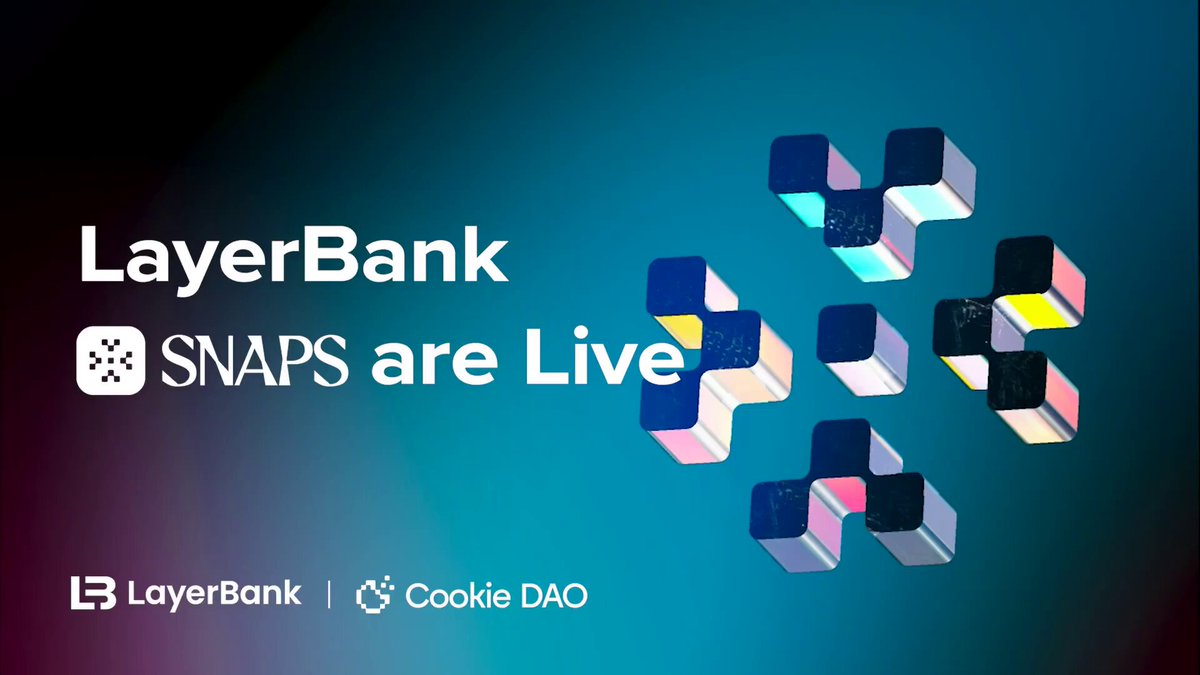
Access to Sustainable, Off-Chain Yield: By integrating real-world assets (RWAs) through partnerships like Plume, LayerBank enables users to earn yield from traditional assets such as bonds or real estate, bringing stable, off-chain income streams on-chain.
-
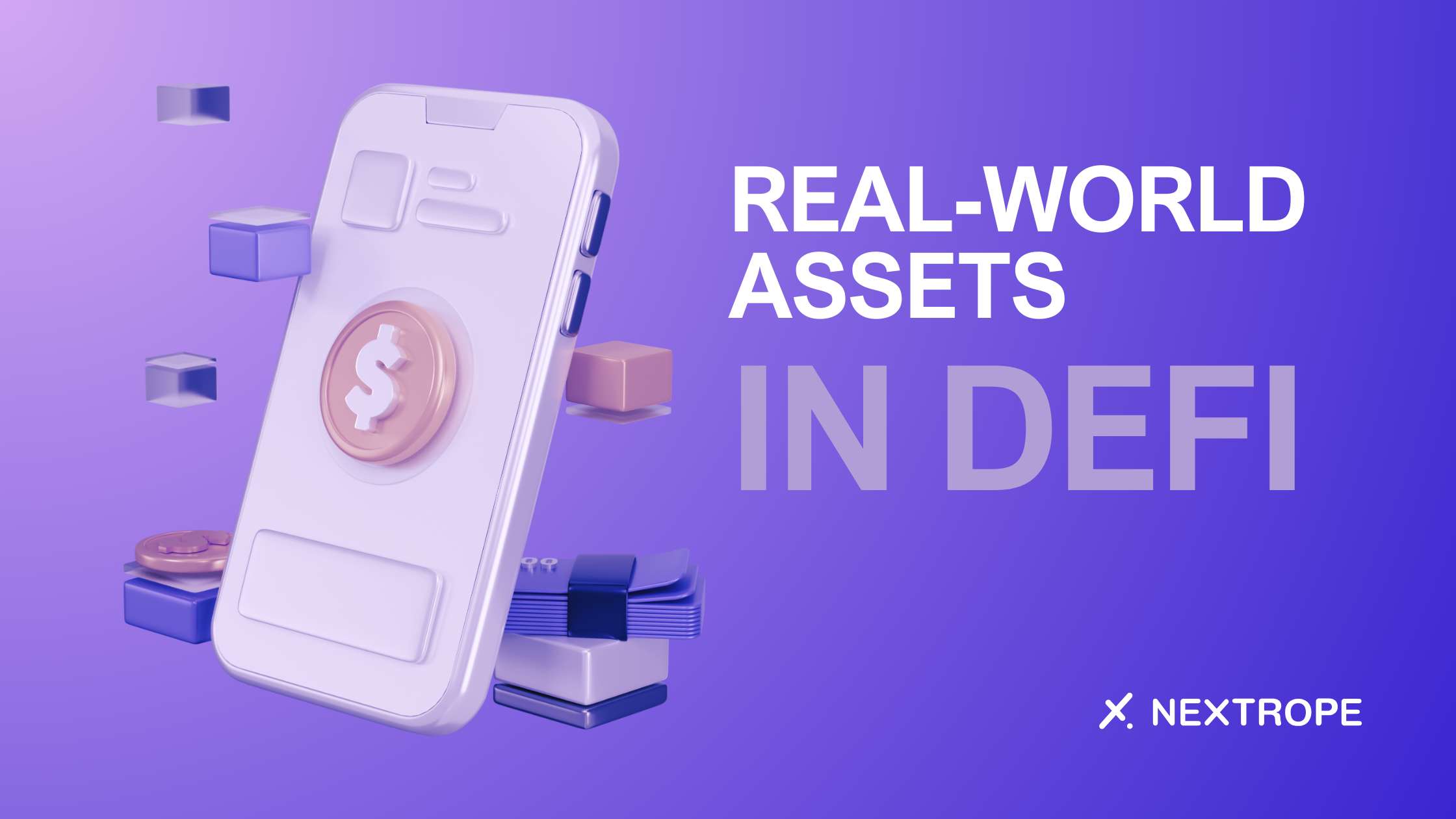
Enhanced Collateral Utility: Tokenized RWAs can be used as collateral within LayerBank’s lending markets, expanding the types of assets users can leverage for borrowing and increasing overall capital efficiency.
-
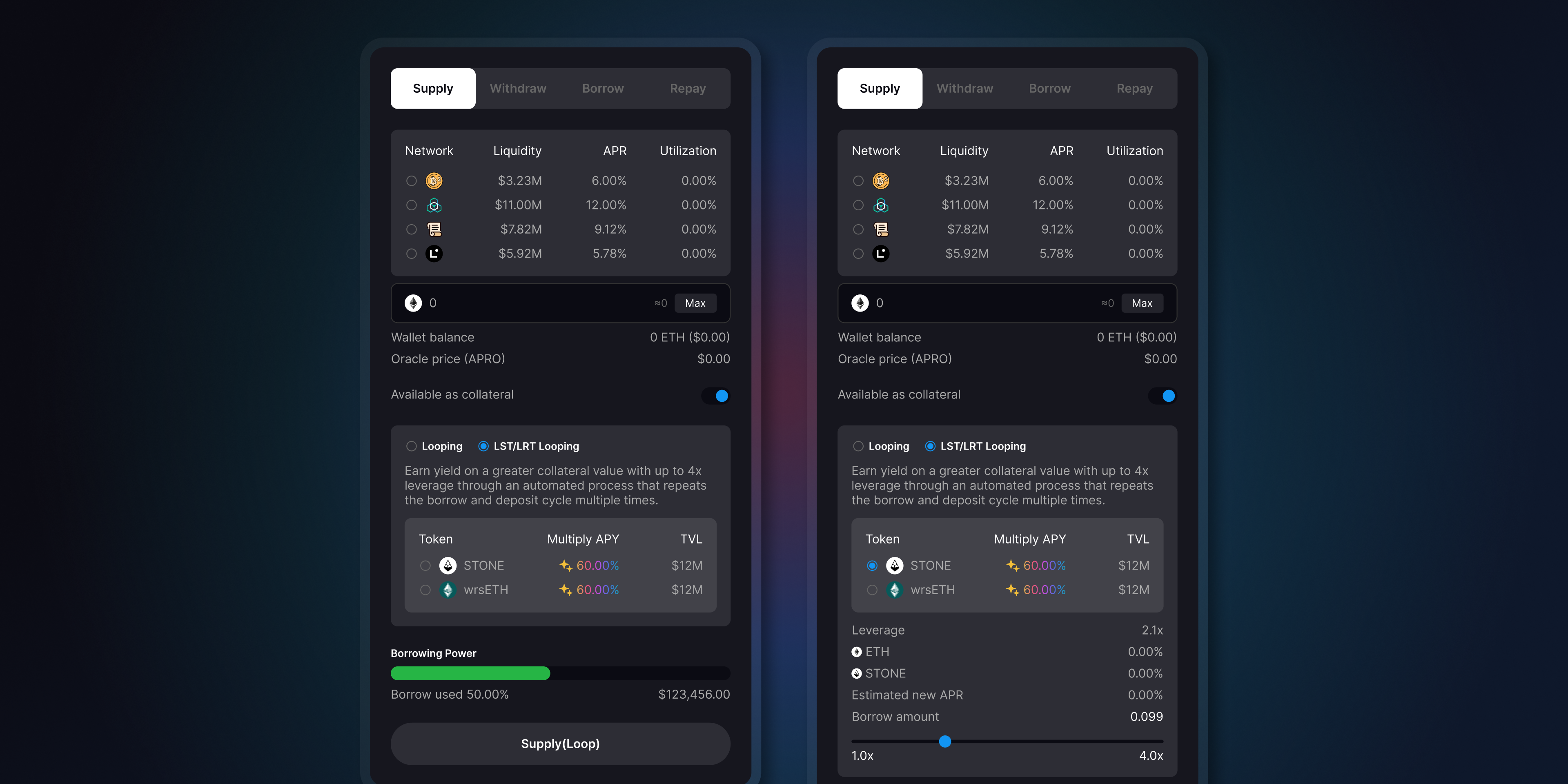
Automated Yield Strategies with Leverage Looping Vaults: LayerBank’s Leverage Looping Vaults automate complex DeFi strategies, allowing users to maximize RWA yields with one click, simplifying participation and increasing potential returns.
-
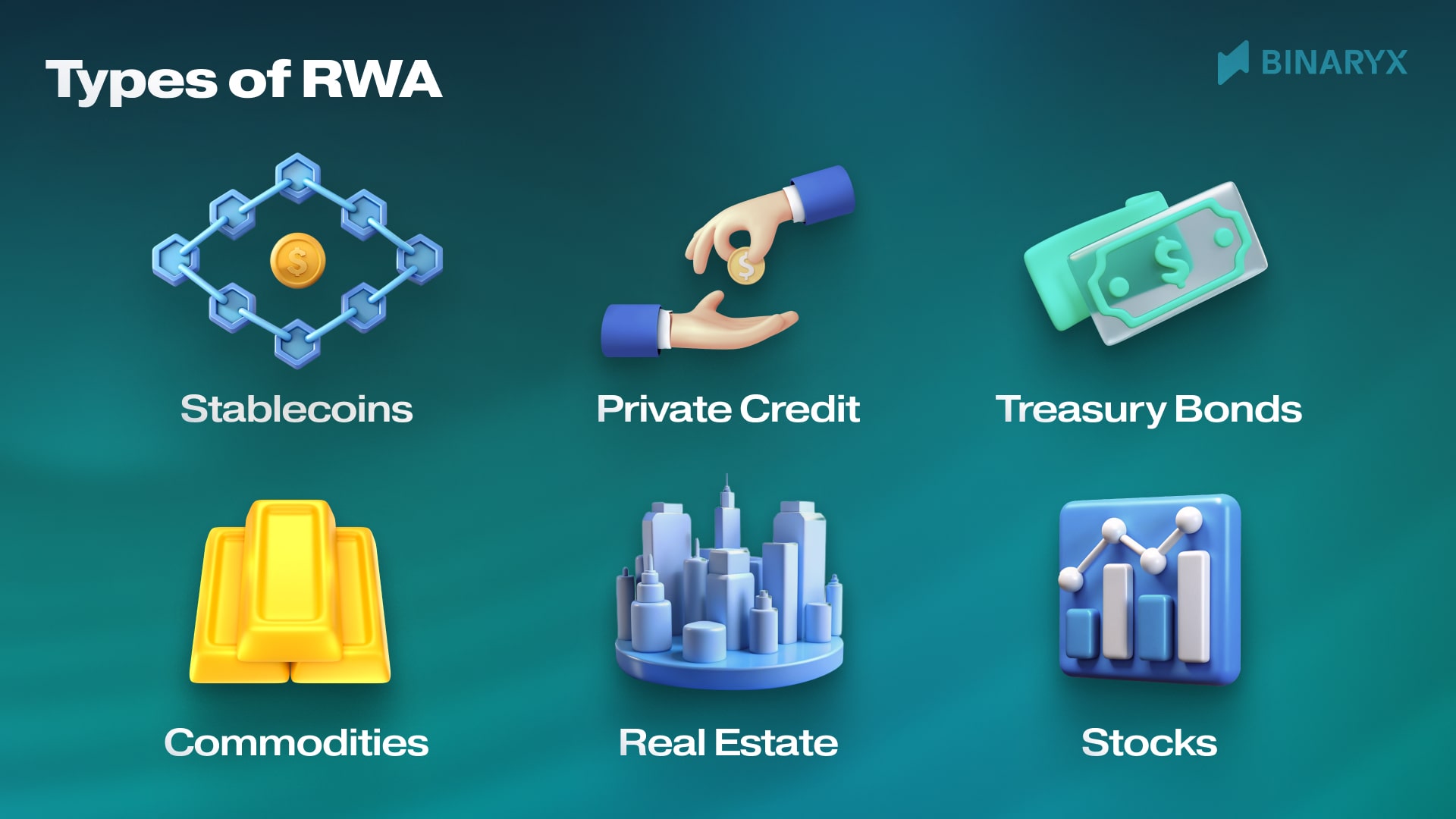
Improved Risk Diversification: Integrating RWAs into LayerBank’s platform diversifies risk by combining crypto-native assets with traditionally stable real-world assets, helping users manage volatility and exposure.
-

Bridging Traditional Finance and DeFi: RWA integration enables LayerBank to connect traditional financial instruments with decentralized protocols, expanding DeFi’s reach and utility for a broader range of users.
Automated Yield Strategies: Simplifying Complexity
Yield optimization in DeFi has traditionally required manual intervention and deep technical know-how. With Leverage Looping Vaults, LayerBank automates complex strategies such as recursive borrowing, minting or swapping assets, and redepositing – all in one click. This automation not only saves time but also reduces user error while amplifying returns through structured leverage mechanisms.
The integration of these smart vaults means even non-technical users can benefit from advanced strategies previously reserved for power users or institutions. As regulatory frameworks mature and AI-driven risk management becomes standard (see recent developments in blockchain lending solutions), platforms like LayerBank are positioned to deliver accessible yet sophisticated financial tools at scale.
Why Does This Matter?
The convergence of cross-chain liquidity, RWA integration, and automated yield puts LayerBank ahead of most competitors in the decentralized money market protocol space. For individuals seeking sustainable yield or institutions looking for scalable onchain banking solutions, these innovations aren’t just incremental improvements – they’re foundational shifts in how digital finance operates.
LayerBank’s open and permissionless architecture also removes traditional gatekeepers. Governance is handled by $ULAB token holders, ensuring that protocol upgrades and risk parameters reflect community consensus rather than centralized interests. This is a critical distinction at a time when regulatory scrutiny of DeFi is rising and users are demanding greater transparency from platforms managing their assets.
Institutional adoption is another area where LayerBank’s design shines. The ability to use tokenized RWAs as collateral, combined with automated compliance features, appeals to funds and enterprises navigating both crypto-native and traditional regulatory environments. By anchoring liquidity to Bitcoin through Rootstock integration, LayerBank further differentiates itself as a protocol that can bridge value between legacy finance and the evolving world of decentralized assets.
Who Benefits from LayerBank?
The platform’s multi-chain lending and RWA capabilities aren’t just for seasoned DeFi traders. Retail users, DAOs, treasuries, and even fintechs seeking programmable yield products can all leverage LayerBank’s infrastructure without needing to manage dozens of wallets or bridge assets manually. The streamlined user experience lowers the barrier to entry while maintaining the composability that power users expect.
Top User Profiles Benefiting from LayerBank
-
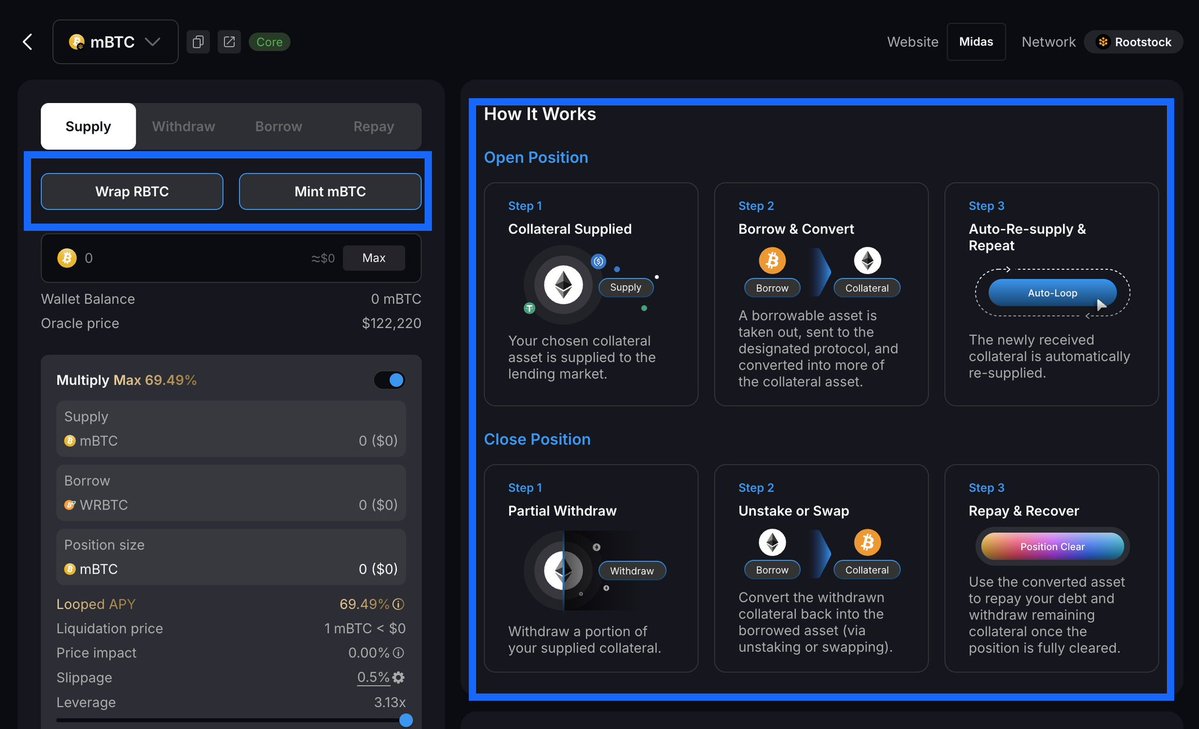
Cross-Chain Yield Farmers: Power users who maximize returns by seamlessly lending and borrowing assets across more than 17 EVM and non-EVM networks, leveraging LayerBank’s unified liquidity pools.
-
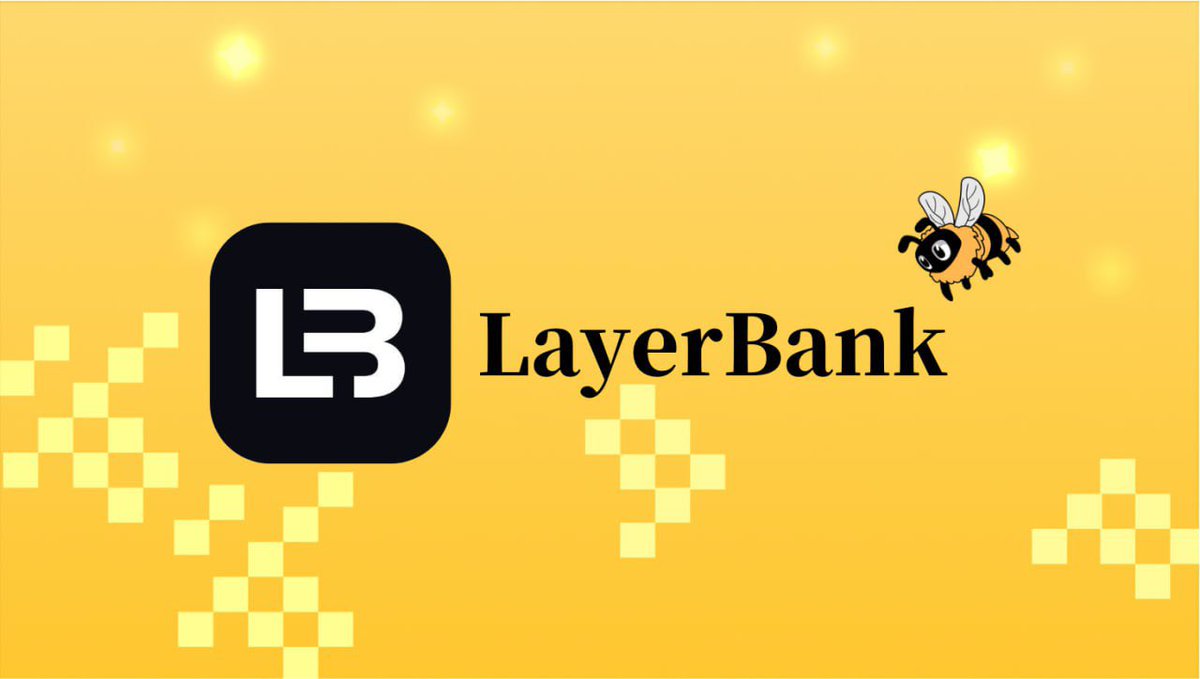
RWA Investors: Individuals seeking exposure to real-world assets (RWAs) on-chain, utilizing LayerBank’s integration with Plume and Nest vaults to earn sustainable, off-chain yields within a decentralized framework.
-
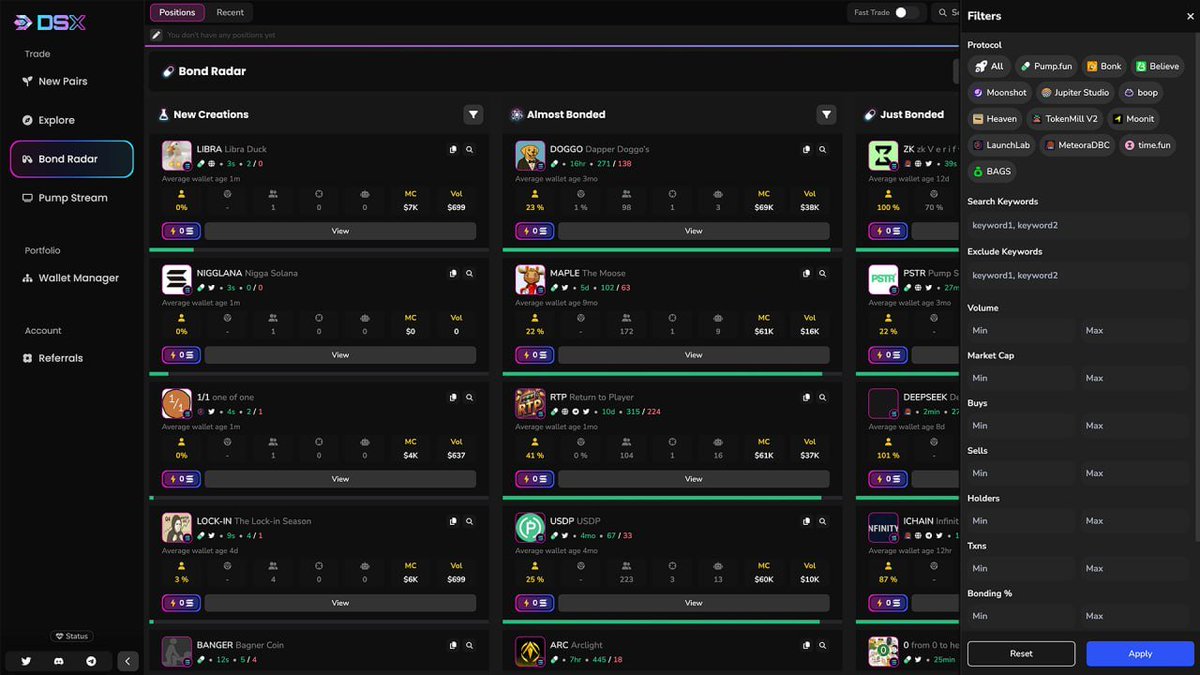
Institutional Asset Managers: Firms and DAOs managing diversified portfolios who benefit from LayerBank’s permissionless lending markets, cross-chain liquidity, and automated yield strategies to optimize capital efficiency.
-
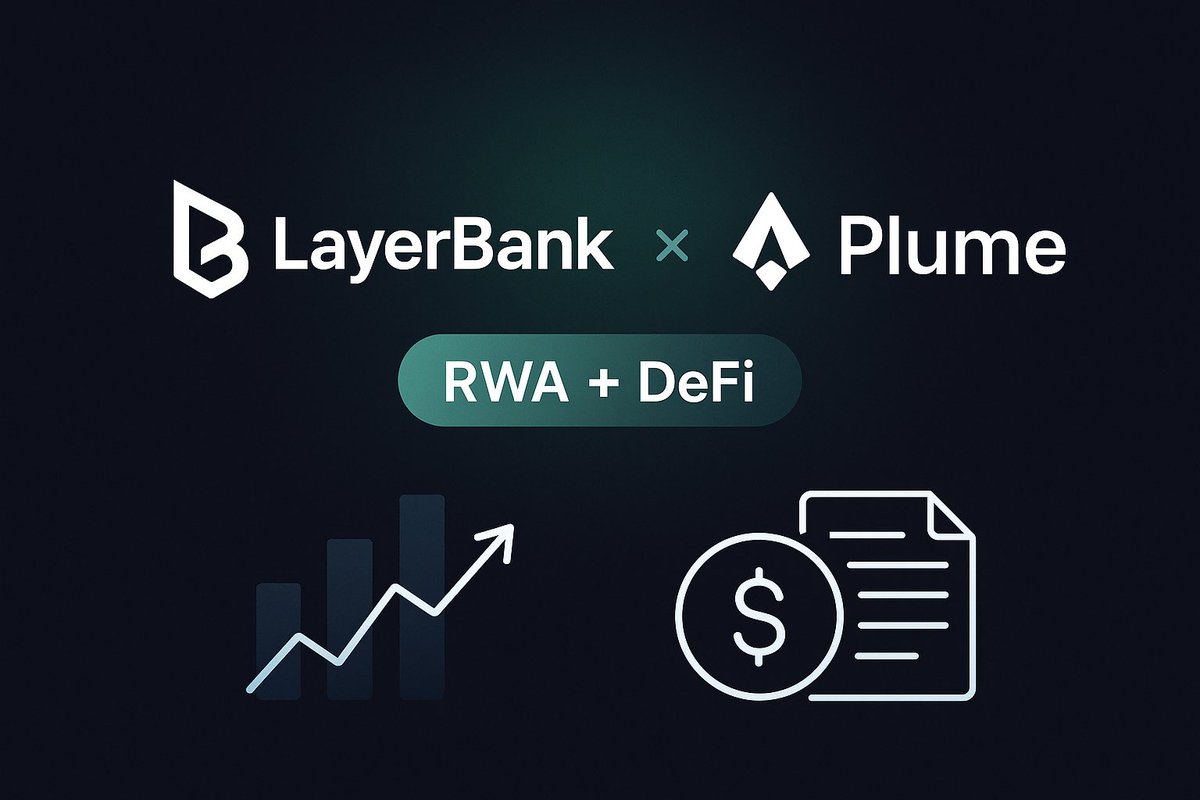
DeFi Power Users: Experienced DeFi participants who use LayerBank’s Leverage Looping Vaults to automate complex borrowing and redepositing strategies, amplifying yields with a single click.
-
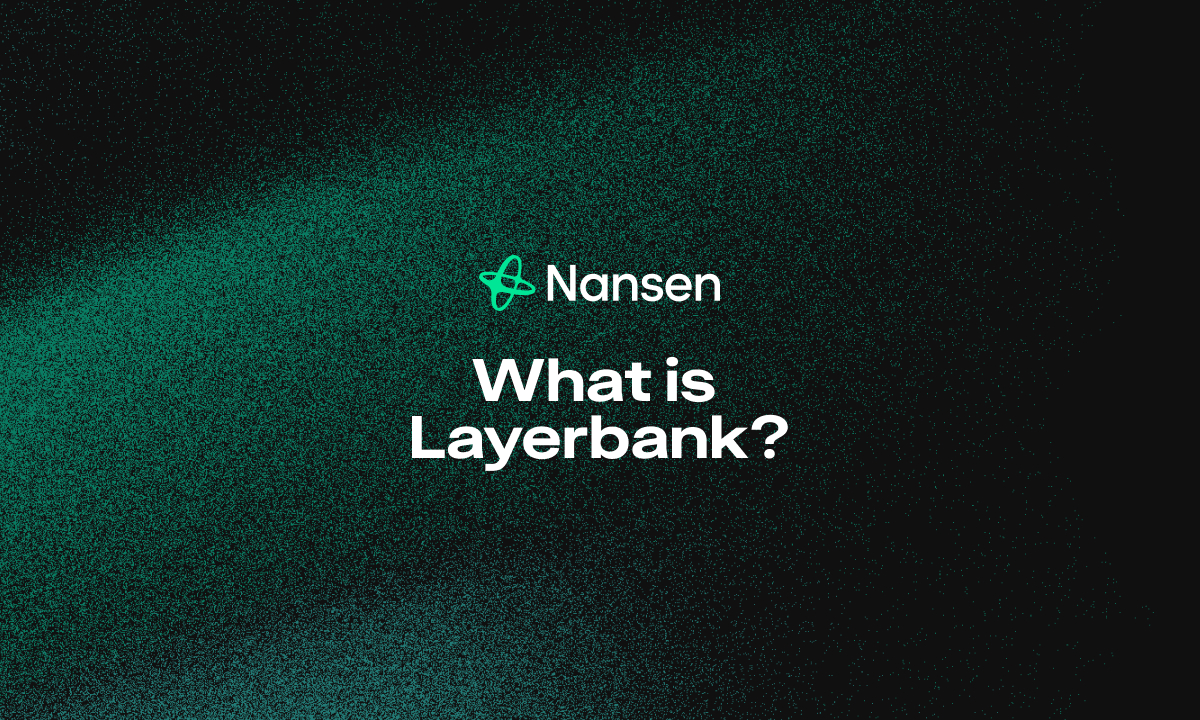
Bitcoin Holders Seeking Onchain Utility: BTC holders who leverage LayerBank’s Bitcoin-anchored lending markets to unlock liquidity and participate in DeFi without selling their assets.
For those comparing onchain banks or evaluating new DeFi protocols, consider the following:
- Universal access: One interface for lending, borrowing, and yield across 17 and blockchains
- RWA-powered returns: Tap into sustainable off-chain yields without leaving DeFi
- Automated strategies: Advanced vaults make complex yield loops accessible to all
- Decentralized governance: Protocol direction steered by $ULAB holders
- Institutional readiness: Compliance tooling and Bitcoin anchoring for robust risk management
What’s Next for Onchain Banking?
The future of digital finance lies in protocols that can unify fragmented liquidity, unlock real-world asset value, and automate sophisticated yield mechanisms without sacrificing security or usability. LayerBank is already setting a new standard in this space – not by chasing hype cycles but by building pragmatic tools for real users.
If you’re looking for a decentralized money market protocol that does more than just repackage existing DeFi primitives, LayerBank deserves your attention. Its blend of cross-chain lending, RWA integration, and accessible automation signals where onchain banking is headed next.
If you want a deeper dive into how LayerBank is redefining on-chain crypto banking with real-world assets in 2025, check out our full analysis at this link.
